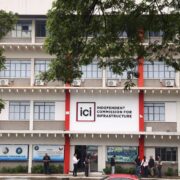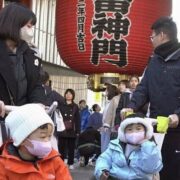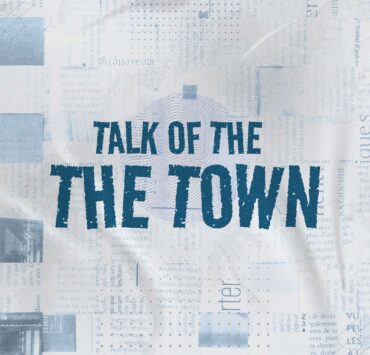Children need protection, mercy, and support

One of the scientific breakthroughs that shaped our approach to education and youth development is neuroplasticity. Also known as brain plasticity, this refers to our brain’s ability to constantly adapt and change based on our circumstances. Children and adolescents exhibit high neuroplasticity, which means their brains are especially sensitive to the kind of external influences that they are exposed to. While they can easily absorb new concepts and ideas they learn in school, it could also make them susceptible to negative influences both online and in the real world. This dual effect is precisely why, in our nonprofit school, we design formative rather than punitive interventions. A child’s behavior is often a product of their environment, but their capacity for growth and transformation remains high if given the right guidance and support.
It’s quite troubling that last week, Sen. Robinhood Padilla filed a bill proposing that children aged 10 to 17 who commit heinous crimes would no longer be exempt from criminal prosecution. This seeks to amend the Juvenile Justice and Welfare Act (Republic Act No. 9344), which currently exempts children below 15 years old from criminal liability and focuses instead on rehabilitation and restorative justice through intervention programs. Padilla said that the current law is failing to deliver justice in extreme cases. Supporters of the bill believe that lowering the age of criminal responsibility not only justly reflects the severity of the committed crimes, but also serves as a deterrent to criminal activity among minors. Some also believe that this would now discourage criminal syndicates from recruiting young people. Padilla claims that the level of exposure that children have to “modern sensibilities” combined with their predisposition to “risk-taking” behaviors justifies the need to properly hold them accountable. Put simply, he believes that the availability of information through digital platforms ensures that young people must be fully knowledgeable and, therefore, fully aware of the gravity of their actions whenever they commit a crime.
Developmental neuroscience provides strong evidence, however, that young people do not possess the same discernment capabilities as adults. The prefrontal cortex—the part of the brain which is responsible for impulse control, decision-making, and understanding consequences—does not fully develop until a person is in their mid-20s. While there are basic cognitive abilities that reach adult levels around age 16, a person does not reach full psychosocial maturity until early adulthood. This means that children who commit crimes, including heinous ones, are often acting out of impulse, peer pressure, trauma, or survival instincts, and without the same level of intent that an older person may have. The scientific consensus supports raising the minimum age of criminal responsibility, not lowering it, to account for the continuing maturation of an adolescent brain.
In a 2019 statement, Unicef asserted that lowering the age of criminal responsibility is an “act of violence against children.” Children in conflict with the law often have other risk factors, such as poverty, exposure to crime and violence, homelessness, abuse, and neglect. Penalizing them without acknowledging how the system failed to give them access to basic rights and protection ignores how these children are also “victims of circumstance.” Also, if the problem is that many minors are being used and exploited by crime syndicates, shouldn’t the solutions be more focused on holding the adult perpetrators accountable? There is also nothing stopping these syndicates from recruiting even much younger children if the age of criminal responsibility is lowered.
More importantly, studies have shown that detaining and imprisoning children can have severe and long-term (and potentially irreversible) negative impacts on their mental health, emotional development, educational outcomes, and future prospects. Rather than giving them an opportunity to reform and successfully reintegrate into society, it significantly compromises their ability to become productive citizens and leaves them more vulnerable to reoffending.
As many social workers and child welfare advocates have pointed out, RA 9344 already gives us a strong framework for child-sensitive justice, intervention, and reintegration. What policymakers must focus on is to ensure its full and consistent implementation in every barangay. Local governments must allocate sufficient resources to establish and maintain well-functioning Bahay Pag-asa centers. There must also be greater investment from both national and local agencies to train and deploy enough qualified social workers, psychologists, and youth development officers who can deliver effective rehabilitation programs. Equally important is partnering with key organizations that can equip and empower families to actively participate in a child’s reintegration. Strengthening these systems would do far more to reduce crime than imprisoning children.
Padilla is right to be concerned, but his proposed solution risks reinforcing a broken system and may deepen long-term societal harm. Real justice means protecting those most at risk, addressing the root causes to break the cycles of violence, and ensuring every child who loses their way still has a path toward healing and a better future.


















